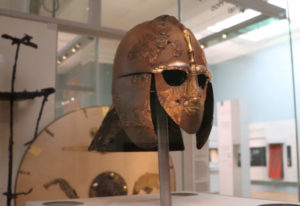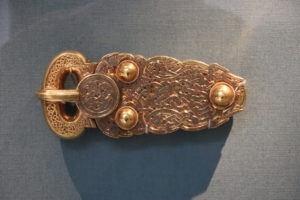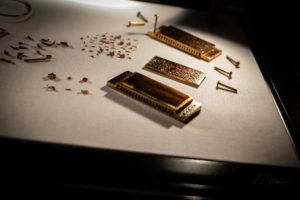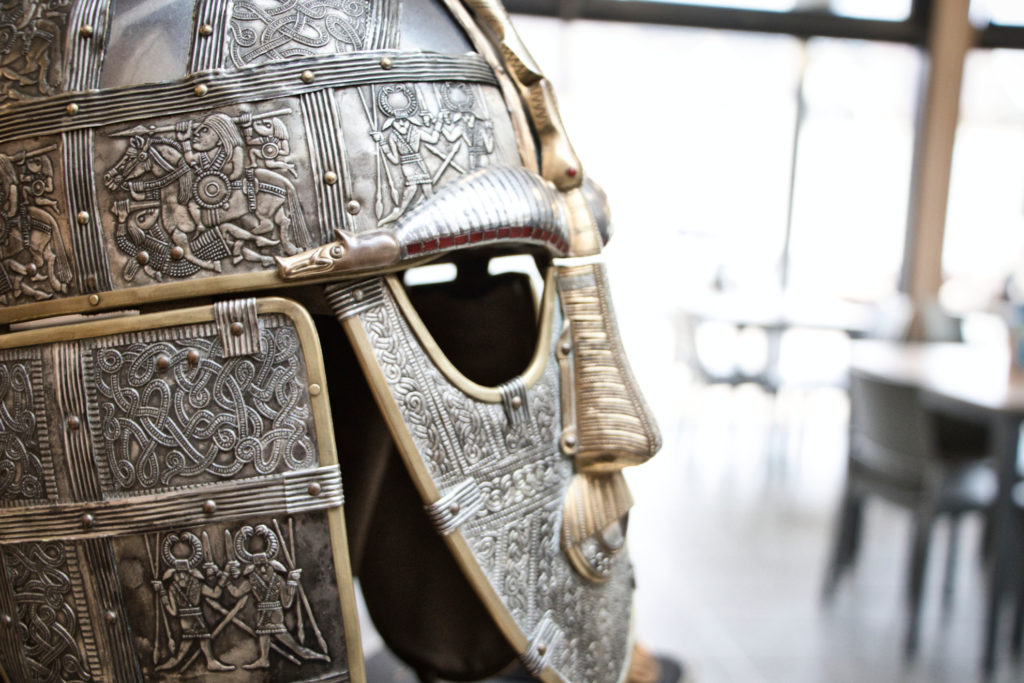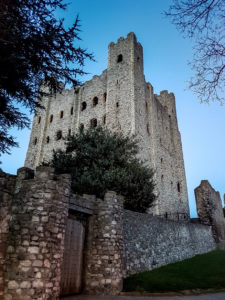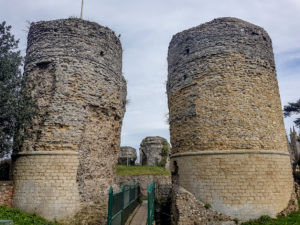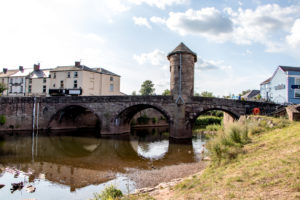Sutton Hoo is of primary importance because it sheds light on a period of English history (6/7th century) that is on the margin between myth, legend, and historical documentation. Use of the site culminated at a time when Rædwald of the East Angles played a dynamic if an ambiguous part in the establishment of Christian rulership in England; it is generally thought most likely that he is the person buried in the ship. The site has been vital in understanding the Anglo-Saxon Kingdom of East Anglia and the whole early Anglo-Saxon period. The site remained relatively untouched for over 1,000 years until the landowner Edith Pretty invited archaeologist Basil Brown to excavate mound 1 in 1939. The ship-burial discovered under Mound 1 in 1939 contained one of the most magnificent archaeological finds in England for its size and completeness, far-reaching connections, the quality and beauty of its contents, and for the profound interest it generated. There are around twenty burial mounds on the site and evidence suggests the area has been occupied since the Neolithic period.
During this period, southern Britain became divided up into a number of small independent kingdoms. Several pagan cemeteries from the kingdom of the East Angles have been found, most notably at Spong Hill and Snape, where a large number of cremations and inhumations were found. Many of the graves were accompanied by grave goods, which included combs, tweezers, and brooches, as well as weapons. Sacrificed animals had been placed in the graves.
At the time when the Sutton Hoo cemetery was in use, the River Deben would have formed part of a busy trading and transportation network. A number of settlements grew up along the river, most of which would have been small farmsteads, although it seems likely that there was a larger administrative center as well, where the local aristocracy held court. Archaeologists have speculated that such a center may have existed at Rendlesham, Melton, Bromeswell, or at Sutton Hoo. It has been suggested that the burial mounds used by wealthier families were later appropriated as sites for early churches. In such cases, the mounds would have been destroyed before the churches were constructed.
Comparisons
Similarities with Swedish burials.
A series of excavations in 1881–83 by Hjalmar Stolpe revealed 14 graves in the village of Vendel in eastern Sweden. Several of the burials were contained in boats up to 9 meters long and were furnished with swords, shields, helmets, and other items. Beginning in 1928, another grave field containing princely burials was excavated at Valsgärde. The pagan custom of furnished burial may have reached a natural culmination as Christianity began to make its mark. The Vendel and Valsgärde graves also included ships, similar artifact groups, and many sacrificed animals. Ship-burials for this period are largely confined to eastern Sweden and East Anglia. The earlier mound-burials at Old Uppsala, in the same region, have a more direct bearing on the Beowulf story but do not contain ship-burials. The famous Gokstad and Oseberg ship-burials of Norway are of a later date.
The inclusion of drinking-horns, lyre, sword, and shield, bronze, and glass vessels is typical of high-status chamber-graves in England. The similar selection and arrangement of the goods in these graves indicates the conformity of household possessions and funeral customs between people of this status, with the Sutton Hoo ship-burial being a uniquely elaborated version, of exceptional quality. Unusually, Sutton Hoo included regalia and instruments of power and had direct Scandinavian connections. A possible explanation for such connections lies in the well-attested northern custom by which the children of leading men were often raised away from home by a distinguished friend or relative. A future East Anglian king, whilst being fostered in Sweden, could have acquired high-quality objects and made contact with armorers, before returning to East Anglia to rule.
Carver argues that pagan East Anglian rulers would have responded to the growing encroachment of Roman Christendom by employing ever more elaborate cremation rituals, so expressing defiance and independence. The execution victims, if not sacrificed for the ship-burial, perhaps suffered for their dissent from the cult of Christian royalty: their executions may coincide in date with the period of Mercian hegemony over East Anglia in about 760–825.



